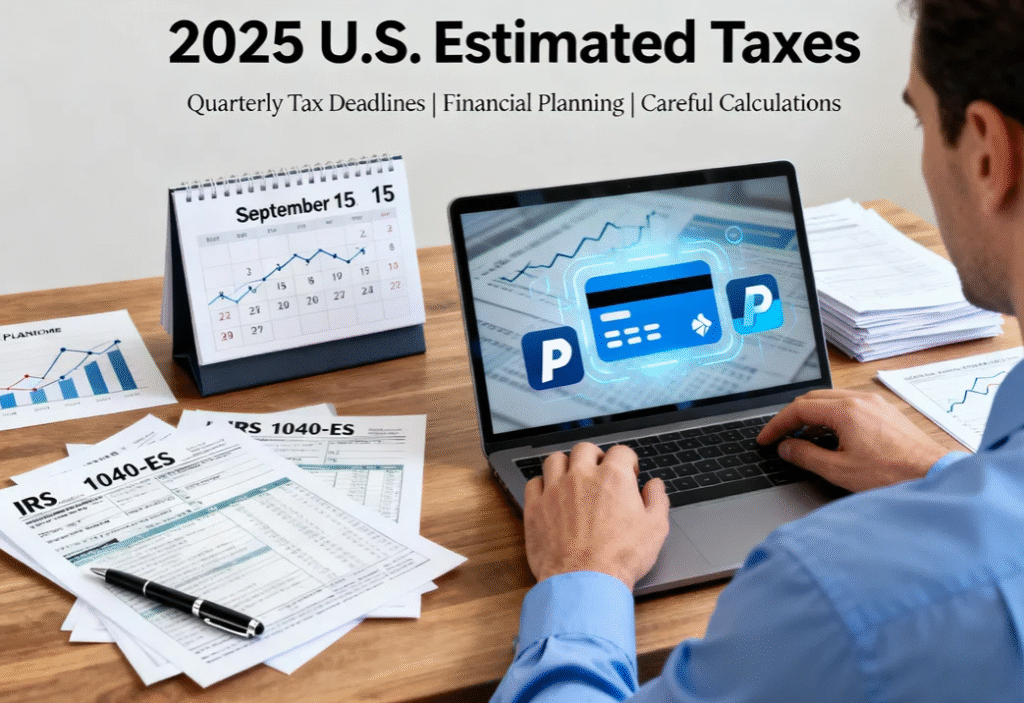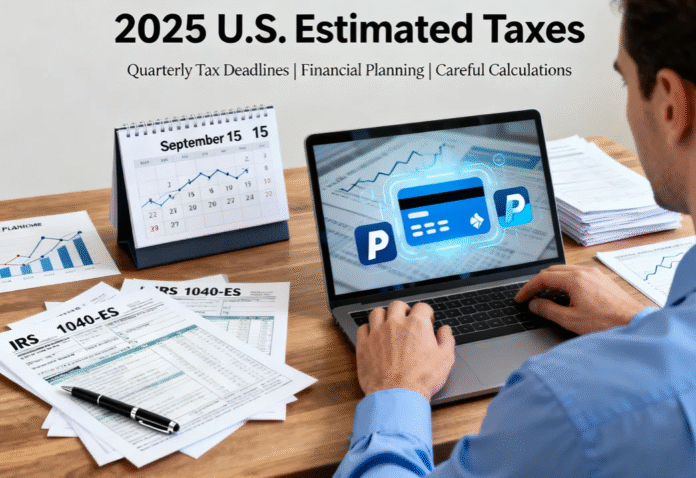The deadline for third-quarter estimated tax payments is September 15 — but this year, taxpayers may face extra complexity due to recent changes in federal tax law.
Estimated payments are generally required for income that doesn’t have withholding, such as earnings from self-employment, freelance work, or gig economy jobs. They may also apply to investment income, including interest, dividends, capital gains, and rental income. Making timely payments can help reduce what you owe and avoid potential underpayment penalties, according to the IRS.

Electronic payments make life easier
The IRS recommends electronic payments as the fastest, safest, and most convenient option. Options include your IRS Online Account, Direct Pay, or the Electronic Federal Tax Payment System (EFTPS).
Why 2025 could be trickier
President Trump’s “big beautiful bill” introduced several tax breaks for 2025. Without adjusting paycheck withholdings, some filers may risk overpaying for the rest of the year. This could make calculating third- and fourth-quarter estimated taxes more complicated.
“I don’t want anyone paying more taxes than necessary for Q3 and Q4,” said Jim Guarino, CPA and managing director at Baker Newman Noyes in Massachusetts.
2025 Quarterly Deadlines:
- Q1 (Jan. 1–Mar. 31): April 15
- Q2 (Apr. 1–May 31): June 16
- Q3 (Jun. 1–Aug. 31): Sept. 15
- Q4 (Sep. 1–Dec. 31): Jan. 15, 2026
Experts note that these dates don’t align neatly with calendar quarters, which can make them easy to miss.
No one-size-fits-all approach
To avoid penalties, taxpayers should follow the IRS safe harbor rules. You must pay at least 90% of your 2025 tax liability or 100% of your 2024 tax liability — whichever is smaller. For filers with a 2024 adjusted gross income above $150,000, the threshold rises to 110%.
Even with safe harbor protection, underpayment could still mean taxes owed for 2025. “Estimated payments aren’t one-size-fits-all,” said Melanie Lauridsen, VP of tax policy at the American Institute of CPAs. Working with a tax professional to run projections can help determine the right payments for Q3 and Q4.
By planning carefully, filers can avoid overpaying or facing unexpected bills at year-end, ensuring that 2025’s estimated tax season is as smooth as possible.
